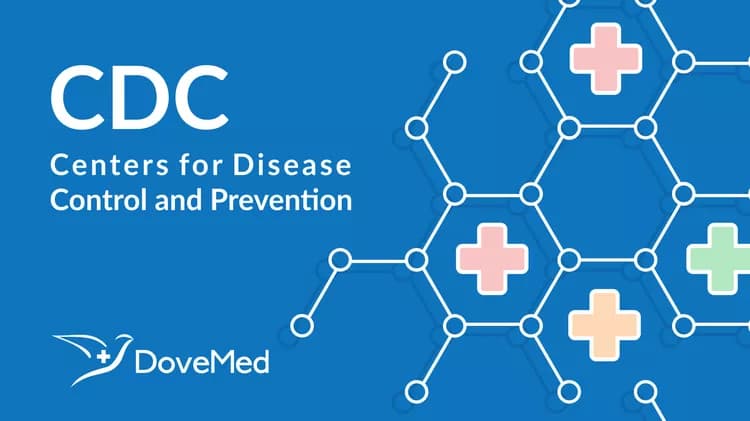
New Report Maps Women's Health in the United States Shows Patterns by State for Key Indicators
New Report Maps Women's Health in the United States
Shows Patterns by State for Key Indicators
Hawaii has the lowest overall death rate for women, Colorado the lowest rate of obesity, and Minnesota ranks best in terms of health insurance coverage. These findings and more are in a new report, The Women’s Health and Mortality Chartbook, a collection of current state data on critical issues of relevance to women’s health. Prepared by the HHS Office on Women’s Health and the Centers for Disease Control and Prevention (CDC), the report ranks each state, the District of Columbia and Puerto Rico in 27 indicators, including major causes of death, health risk factors, preventive care, and health insurance coverage.
The chartbook maps each indicator so that state and regional patterns can be discerned. It also ranks the 27 health measures for each state to help policymakers, program officials, researchers and others identify key issues of importance in each state. The state tables show data by race and ethnicity to focus on disparities and differences in each indicator.
Each state profile in the chartbook begins with a summary statement highlighting some of the most important issues for that state and pointing to rankings which are among the best or worst. While no one state scored the best in all indicators, a number of patterns emerged. Eight of the 10 states with the highest stroke death rates were in the South. Colorado, Hawaii and Utah had among the lowest death rates for heart diseases and cancers. The states with a high proportion of women with recent mammograms and recent cholesterol screenings clustered in the Northeast.
State differences also reflect the racial and ethnic makeup of the state’s population. Texas, California, Arizona, Colorado--all with large Hispanic populations--had relatively lower rates of insurance coverage, reflecting the pattern for Hispanics in general.
The indicators chosen for the report are those that are measured regularly at the state level, cover a wide range of health concerns, represent a wide spectrum of disease types and cover the full lifespan of women, from young adults to older women.
Among the indicators in the report are:
Death rates for heart disease, cancer, breast cancer, colorectal cancer, lung cancer, stroke, chronic lower respiratory diseases, diabetes, influenza and pneumonia, unintentional injuries and suicide;
Health risk factors, including diagnosed high blood pressure, obesity, no leisure-time physical activity, binge drinking, smoking currently, no smoking during pregnancy, and eating five or more fruits and vegetables a day;
Preventive care utilization such as cholesterol screening, mammogram, pap smear, blood stool test, routine check-up in past two years, and early and adequate prenatal care.
Health insurance coverage for those aged 18-64.
The chartbook reflects current public health priorities. Each state profile includes the Healthy People 2010 target for the indicator and shows whether the target has been met. Healthy People 2010 is a comprehensive, nationwide health promotion and disease prevention agenda for improving the health of all people in the United States during the first decade of the 21st century
Information in the chartbook is drawn from Healthy Women: State Trends in Health and Mortality, the electronic data warehouse on minority and women's health at http://www.cdc.gov/nchs/healthywomen.htm. This site has extensive data on the chartbook indicators and many other health topics and was developed by CDC’s National Center for Health Statistics, with support from the HHS Office on Women’s Health.
Data for the chartbook come from the National Vital Statistics System, which collects data from death certificates filed in state vital statistics offices and the Behavioral Risk Factor Surveillance System, an on-going state-based telephone surveillance system.
To view or download a copy of the report, go to the CDC website at www.cdc.gov/nchs.
Related Articles
Test Your Knowledge
Asked by users
Related Centers
Related Specialties
Related Physicians
Related Procedures
Related Resources
Join DoveHubs
and connect with fellow professionals

0 Comments
Please log in to post a comment.